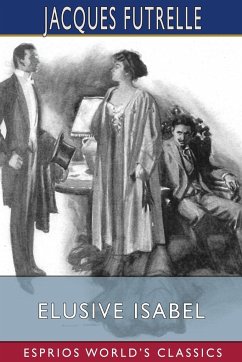Jacques Heath Futrelle (1875-1912) was an American journalist and mystery writer. He is best known for writing short detective stories featuring the "Thinking Machine", Professor Augustus S. F. X. Van Dusen. He worked for the Atlanta Journal, where he began their sports section; the New York Herald; the Boston Post; and the Boston American. In 1905, his Thinking Machine character first appeared in a serialized version of The Problem of Cell 13. In 1895, he married fellow writer Lily May Peel, with whom he had two children. While returning from Europe aboard the RMS Titanic, Futrelle, a first-cabin passenger, refused to board a lifeboat insisting his wife board instead. He perished in the Atlantic.





